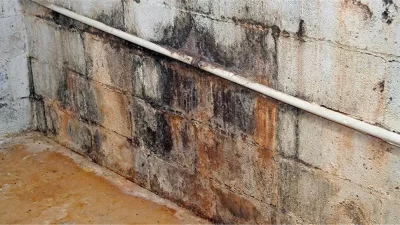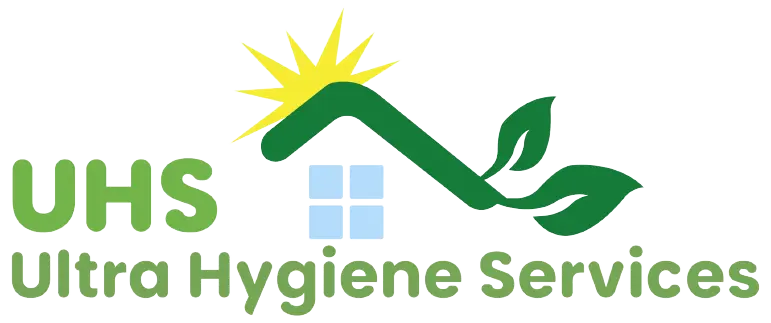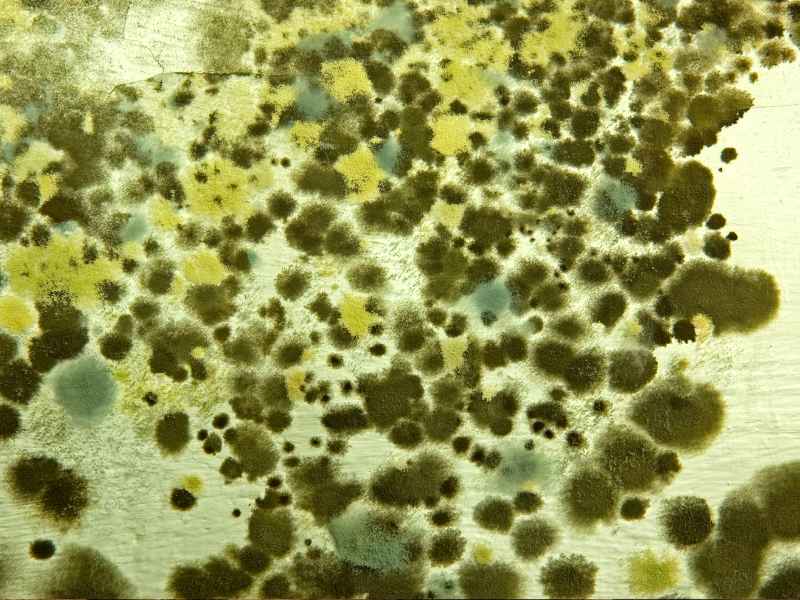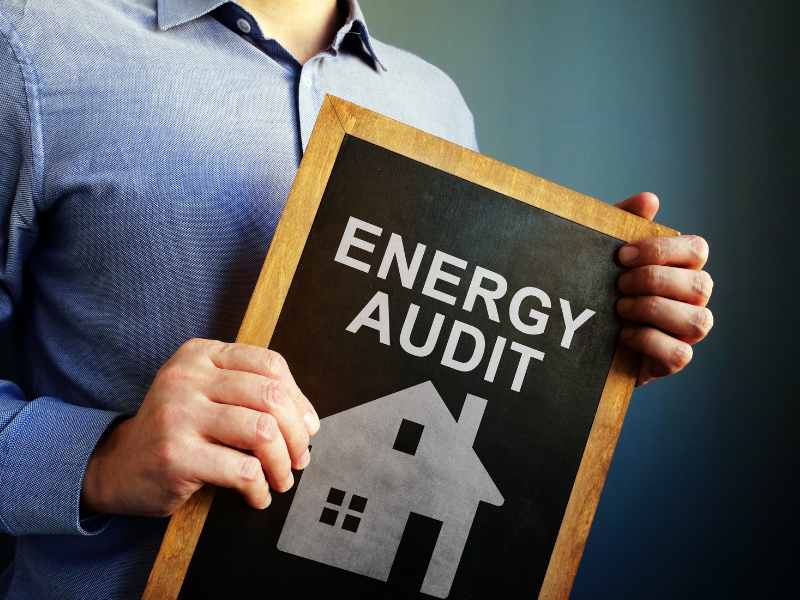Mold and Moisture are directly Related: Find the Moisture and You will Find the Mold.
But did you know that mold is alive?
 It grows on damp surfaces. It is often gray or black but can also be white, orange, or green. It can grow on walls, clothes, and appliances in the open. But you may also find it hidden under carpets, walls, and attics. Mold often smells musty. Mildew is a common name for mold. If you live near the ocean or in a damp climate, your home may have more mold than elsewhere. Mold produces “spores,” specks you can’t see that float through the air. When you breathe in mold spores, they get into your lungs.
It grows on damp surfaces. It is often gray or black but can also be white, orange, or green. It can grow on walls, clothes, and appliances in the open. But you may also find it hidden under carpets, walls, and attics. Mold often smells musty. Mildew is a common name for mold. If you live near the ocean or in a damp climate, your home may have more mold than elsewhere. Mold produces “spores,” specks you can’t see that float through the air. When you breathe in mold spores, they get into your lungs.
This can cause health problems. People with allergies to mold may have reactions. They include watery eyes, runny or stuffed-up noses, sneezing, itching, wheezing, trouble breathing, headaches, and tiredness. Mold can even trigger
asthma attacks. We are learning more about the health problems caused by mold. Some molds can cause severe health problems in some people, but scientists disagree about the issues. Mold is almost everywhere, but living where mold grows is unhealthy. Because mold needs moisture to grow, keep your home and everything in it dry. Here are some places you might find mold:
-
Health Risks Associated with Mold and Moisture
– Allergies and respiratory problems
– Asthma and other respiratory conditions
– Potential for mold-related infections -
Causes of Mold and Moisture
– Water leaks and plumbing issues
– High humidity levels
– Poor ventilation and air circulation -
Signs of Mold and Moisture Problems Reduce indoor humidity (to 30-60%) to decrease mold growth
– Visible mold growth
– Musty odor
– Water stains or discoloration on walls or ceilings -
Effects of Mold and Moisture on Buildings
– Structural damage (Blistering walls, peeling paint, water stains on walls or ceilings)
– Deterioration of building materials
– Decreased indoor air quality (Musty earth-like odor, usually due to the presence of Mold Growth) -
Prevention and Control Measures
– Fixing water leaks promptly
– Proper ventilation and dehumidification
– Regular cleaning and maintenance
– Use of mold-resistant materials -
Importance of Timely Remediation
– Preventing further mold growth and damage
– Minimizing health risks for occupants -
Recent Developments and Research
– Advances in mold detection and testing
– Innovative mold prevention techniques
– Health and safety guidelines for mold remediation
It’s essential to fix any moisture problem in your home right away.
Mold can grow fast, so it’s best not to wait. To stop mold from growing, quickly dry or throw away anything that has gotten wet
Mold can affect your Family’s Health. Usually, the common saying is find the moisture, and you will find the Mold.
• You should have a Mold Assessment if anyone in your family has allergies or asthma. There is no practical way to eliminate all mold and mold spores in the indoor environment; the way to control indoor mold growth is to control moisture. Moisture control is a way of mold prevention.
• You should have a Mold Assessment if anyone in your home always seems to have a cold—a runny nose, wheezing, coughing, and headaches. If Mold Remediation is a problem in your home or school, you must clean up the mold and eliminate sources of moisture. mold growth
• Do these problems go away when they leave home for a while? If the problems disappear after leaving the house, there is quite a possibility that the problem is inside the home.
• Are infants, children, or elderly people living in the household?
How Can You Tell if Mold is Growing in Your Home?
• Can you see mold growing anywhere?
• Is there mildew growing on clothes or towels?
• Does any part of your house or apartment smell musty or moldy?
• Do you see color changes on walls or floors that you can’t wipe off? Is There Moisture in Your Home That Could Cause Mold to Grow?
• Has any part of your home been flooded? If you have experienced a recent flooding, you should request a Mold Assessment. Mold will grow within 24 to 48 hours if surfaces remain wet.
• Has there been a water leak or overflow?
• Has the carpet gotten wet and dampened for more than 24 hours?
• Can you see moisture on walls, ceilings, or windows?
• Do bathroom walls stay damp for a long time after a bath or shower?
1.
4. Fix the source of the water problem or leak to prevent mold growth. Mold Prevention
Venting bathrooms, using dryers, and other moisture-generating sources to the outside will eliminate the accumulation of moisture inside the house; if you want to stop mold from growing, you need to keep the relative humidity inside the home between 30% and 60%. Below 30%, the air is too dry, and above 60%, mold will grow. Mold prevention is Potential health effects and symptoms of mold exposure, including allergic reactions, asthma, and other respiratory complaints.
Using air conditioners and de-humidifiers for mold prevention
Increasing ventilation
Using exhaust fans whenever cooking, dishwashing, and cleaning
6. Clean and dry any damp building materials and furnishings within 24-48 hours to prevent mold growth.
7. How to prevent mold after water damage: Clean mold off hard surfaces with water and detergent and dry thoroughly. Absorbent materials, such as moldy ceiling tiles, may need to be replaced.
8. Prevent condensation: Add insulation to reduce the potential for condensation on cold surfaces (e.g., windows, piping, exterior walls, roof, or floors).
9. Do not install carpeting in areas with a perpetual moisture problem (i.e., by drinking fountains, classroom sinks, or concrete floors with leaks or frequent condensation).
10. Molds can be found almost anywhere. They can grow on virtually any substance, provided moisture is present. Some molds can grow on wood, paper, carpet, and food.






